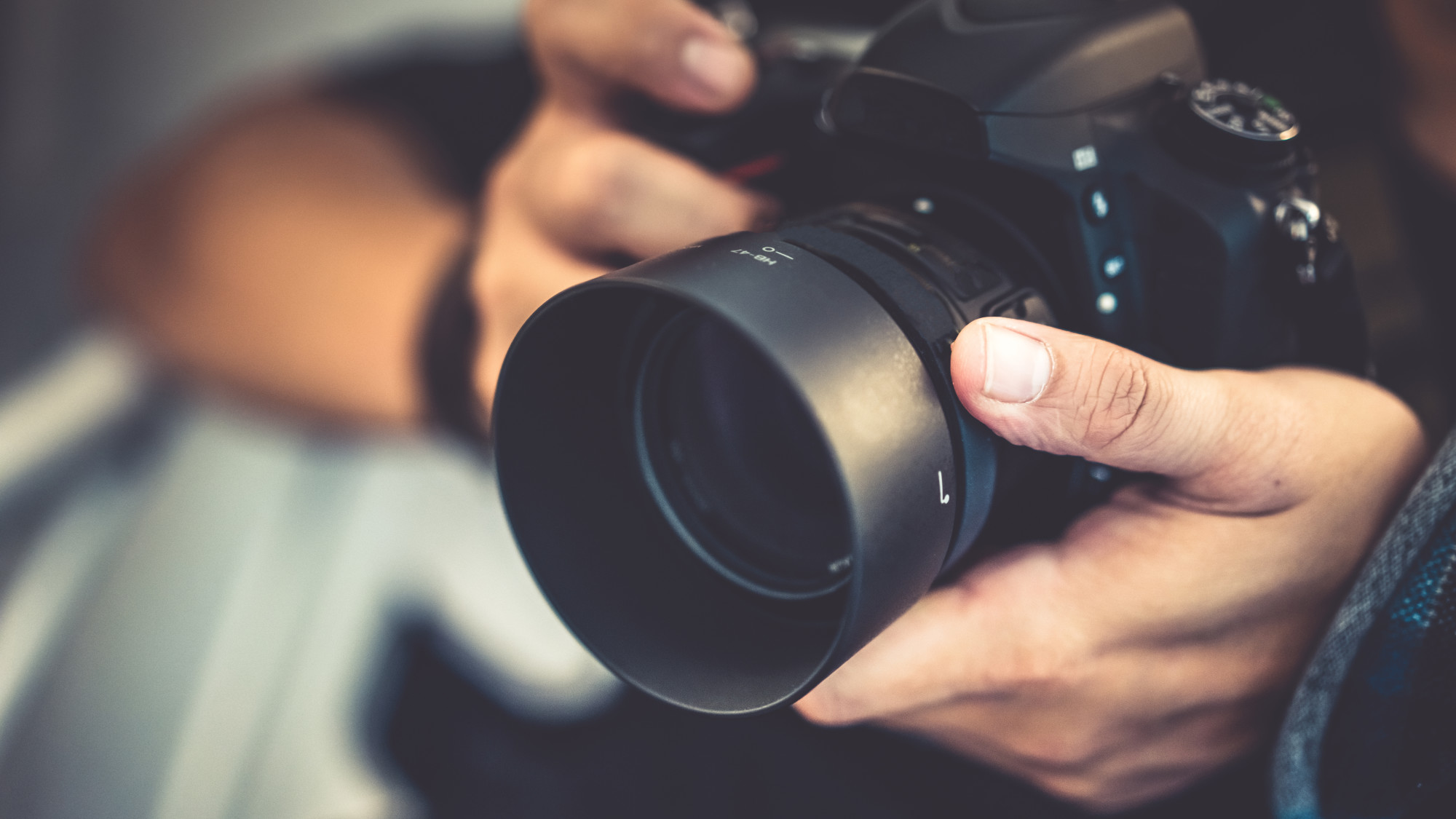
There are around 119,000 professional photographers in the U.S and whether it’s capturing the happy couple on their wedding day to breathtaking landscapes, photography is like no other art form.
Like everything, great photography arises from plenty of practice. Perhaps you’re eager to experiment with digital photography but you’re not sure where to begin. Sound familiar?
If so, you’ve come to the right place. Here’s everything to know about digital photography for beginners.
Learn How to Hold Your Camera
When covering digital photography basics, it’s important to learn how to hold a camera. Use both hands and if you’re using the viewfinder, hold the machine close to your body so you have extra stability.
Make sure you don’t move while shooting otherwise the light will blur the photo. You can even hold your breath when you snap a photo to prevent the camera shake.
Understand the Exposure Triangle
No list of digital photography tips is complete without mentioning the exposure triangle. These are the three most important elements of exposure: ISO, aperture, and shutter speed. As you familiarize yourself with the camera, you must balance these three so you get sharp photos.
ISO controls the camera’s light sensitivity so when the ISO is low, the camera is less sensitive to light. And vice versa. Your ISO should be between 100 to 200 when you’re shooting in the day and 400 to 800 at night.
The aperture is the opening of the lens and it controls how much light seeps into the camera’s sensor along with the depth of field, the area surrounding the focal point of the image. When the aperture is wider, more light is let through but it has a narrow depth of field, fantastic if you want to isolate your subject. But if you want to focus on an entire group of people, use a narrow aperture.
And the shutter speed is the amount of time the shutter stays open while snapping a photo. So when you want to freeze a rapid-moving object, choose a shorter shutter speed as a long shutter will blur moving objects. Experiment and keep changing your ISO, aperture, and shutter speed so you can see the differences in images and learn how each individual element works.
Be Careful With Flash
An important factor in digital photography is flash. Your camera’s built-in flash at night or in low light causes red-eye or harsh shadows which isn’t desirable.
But sometimes you’re in a low-light setting and you have no choice to use flash. To accommodate this, go to the flash settings and reduce the brightness as much as possible. You can also try diffusing the flash’s light by placing opaque tape over it for a softer look.
Experiment With Perspective
All beginner digital photography students must play around with perspective so you don’t get standard, eye-level photos.
You can either change your elevation by going closer to the ground or switching up your angle like facing upwards. And try getting closer or farther away from the subject to see which looks best.
Play around with a combination of all three and you’ll notice how different your photos feel.
Understand the Rule of Thirds
One of the most famous photography tips is the rule of thirds.
This is where you place your subject a third of the way in as it’s stronger than sitting in the middle. Use your camera’s gridlines to help you. Photography is all about creativity so you don’t always have to abide by the rule of thirds but it’s important to understand it at the beginning.
Pay Attention to the Background
Keep the background clutter-free so it doesn’t pull the viewer’s attention away from your subject. Neutral colors and simple patterns work best because they complement the point of interest instead of overshadowing it.
Don’t worry if your background is busy, there are ways to fix it. For instance, change your angle or use a wider aperture and get closer to your subject.
Know About White Balance
White balance is where you tweak the light colors so they appear more natural. You can either set it to automatic on your camera, which is advised, or adjust it depending on your desired tone.
If you want to modify white balance as you shoot, change to Raw setting so you can alter the white balance in the editing stage instead.
Invest in a Great Photography Editing Software
Whether it’s learning how to get lightroom presets on mobile app or getting a photography editing software on your computer, editing photos is a critical stage in digital photography.
You don’t have to go overboard with editing, you may only tweak the brightness or contrast, but it lets you make amendments if necessary. It’s easy to make a mistake when editing so play around with the sliders and effects and see if it adds or takes value away from the photo.
Look After Your Camera Properly
Although it’s not a technical tip, it’s important to care for your camera. Get a special cleaning kit for your LCD screen and camera lens to wipe off any smudges. Always keep your camera in a special case and if you’re shooting in winter, wrap your camera in a plastic bag with silica desiccant packets to prevent moisture build-up.
Those Are Our Digital Photography for Beginners Tips
Now you know digital photography for beginners tips to get started.
Get comfortable with holding your camera and familiarize yourself with the exposure triangle so you learn about the individual elements. Apply the rule of thirds to your photos and play around with perspective to get great photos.
And don’t forget, post-processing is just as important as the shooting. Good luck!
Did you find this article helpful? If so, check out our posts covering everything from Advertising to Beauty.




